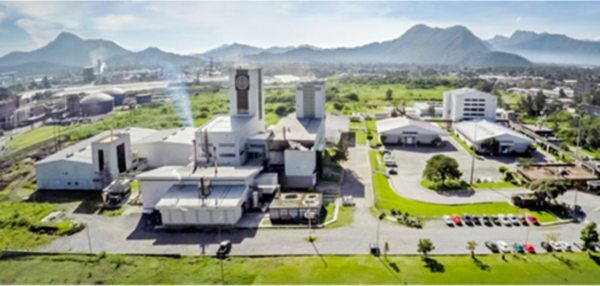Processed Coffee.
A diverse product for diverse markets.
Coffee as Ingredient
About the Instant Coffee Market
- From Brazil to Japan, from London to Cape Town – consumers have profoundly different coffee tastes and preferences for preparation.
- Soluble coffee is convenient in preparation, versatile and easy to use: a fascinating part of the coffee world.
- Commercially introduced in the 1940/50th, the development of this category has never stopped,
- Instant coffee represents more than 20 % of the global coffee consumption. Like Russia, the UK or Australia, important coffee drinking nations consume more instant coffee then Roast & Ground coffee.
- Global instant coffee markets are expected to grow by around 4% p.a. during 2017–2022.ide.
- The demand for freeze dried coffee is currently growing nearly twice as fast as the demand for spray dried coffee. Investments in modern production facilities help to secure long-term demand.
- Whether soluble intended for retail, food service and vending or as a food ingredient in industrial processes, the market for this product is as diverse as the requirements for its features.
- In-depth market and product know-how are needed to identify the best possible product solution for every application and customer.
- Changing lifestyles open new markets for instant coffee and while improved qualities and flavors are attracting new customers worldwide.
The making of instant coffee
A strict purity law applies to instant coffee: the product is made exclusively from coffee beans and water, so it does not contain any additives. Depending on the region, instant coffee is also called Soluble Coffee or Coffee Extract, an agglomerated coffee is also called Granules and a spray-dried coffee is just instant powder.
From a technical point of view, instant coffee is a freshly poured, highly concentrated coffee that has been gently dried. The drinking preparation is then done quickly and easily with hot, not boiling water. When properly packaged, instant coffee lasts a long time; in retail, a shelf life of three years is usually granted.
The liquid coffee extract is for example used as an ingredient in the production of coffee-milk mixed products (ready-to-drink) or in special coffee machines in the beverage vending industry.

All types of raw coffee can be used to make instant coffee. Certified coffee (e.g. Fairtrade, RFA) are becoming increasingly popular. A decaffeinated green coffee will consequently later become an instant without caffeine. The right selection of green coffee and the masterful roasting are already an important factor influencing the good quality of instant coffee.
During the extraction, the fresh water, low in lime, at a temperature of 170-190 ° C is fed under pressure into the percolator filled with grinded coffee. From there it gets into the next linked percolator, until thin coffee juice leaks from the last percolator. This cooled thin juice is then freed from unwanted solids in a separator.
The thin juice becomes thick juice in the next processing step. The liquid extract is concentrated either by evaporation or by the more modern freeze concentration. The reduced water content facilitates the subsequent drying of the coffee.
